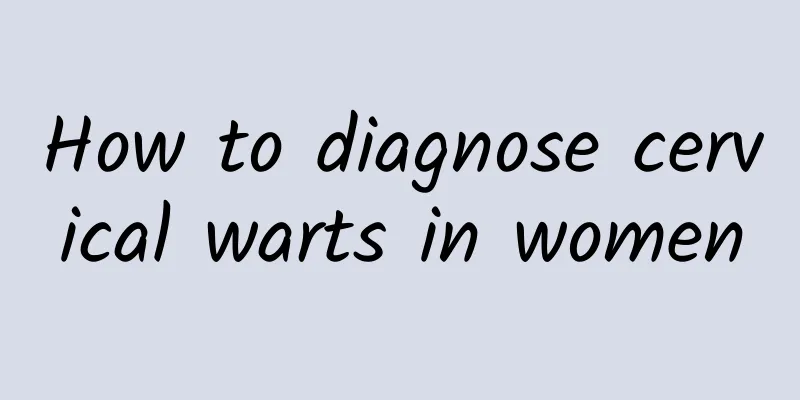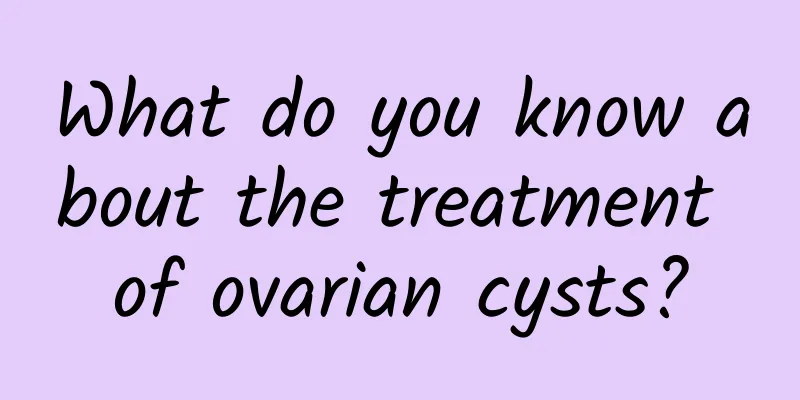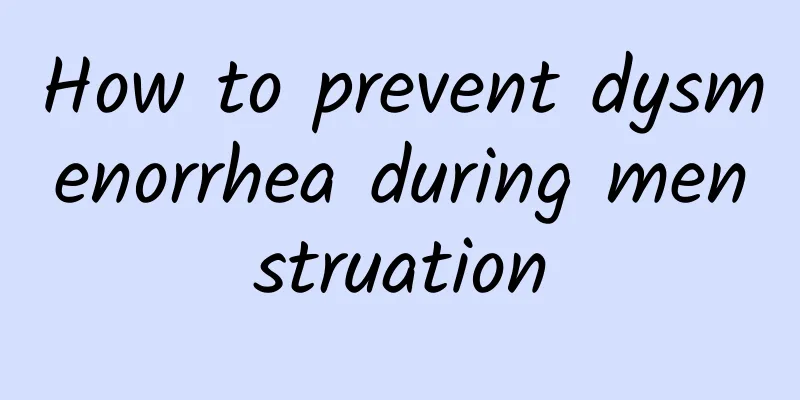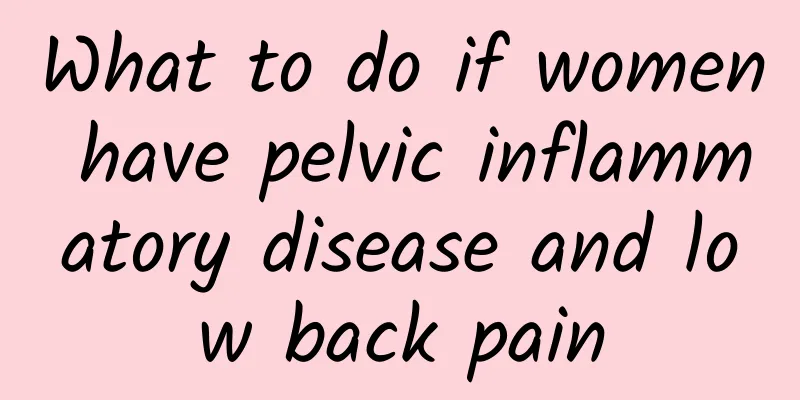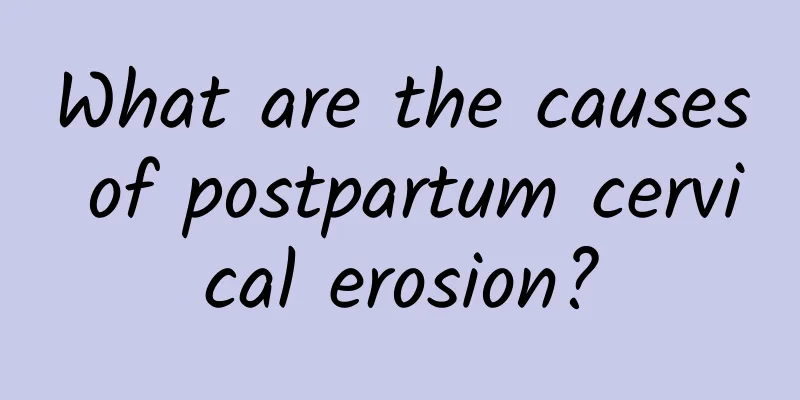What diseases are easily confused with ovarian cysts?
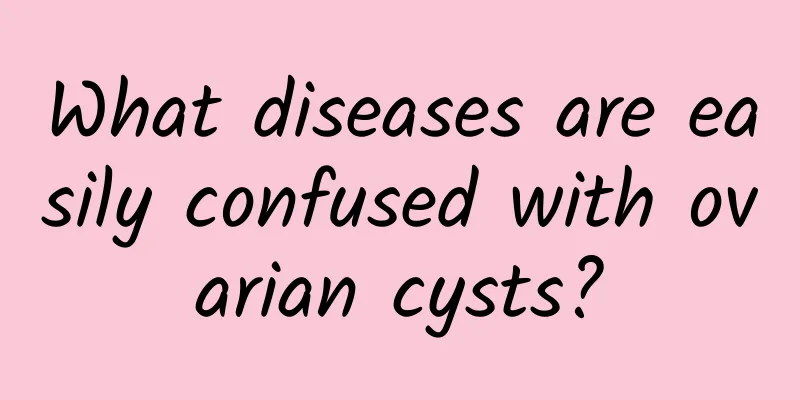
|
Gynecological diseases are very complicated and there are many types. Sometimes one disease can lead to many other diseases. Ovarian cysts are one of the more troublesome ones, and they can also be confused with other diseases. Therefore, if you want to diagnose ovarian cysts, you must first rule out similar diseases. Gynecologists have listed the following symptoms that are easily confused based on their experience in diagnosing ovarian cysts: 1. Ovarian tumor-like lesions: Follicular cysts and corpus luteum cysts are the most common. They are usually unilateral, less than 5 cm in diameter, with thin walls, and disappear on their own within 2 months. 2. Fallopian tube and ovarian cysts: They are inflammatory cysts, often with a history of infertility or pelvic infection. Cystic masses form in the adnexal areas on both sides, with clear or unclear boundaries and limited movement. 3. Uterine fibroids: Subserosal fibroids or cystic changes of fibroids can be easily confused with ovarian solid tumors or cysts. Fibroids are often multiple, connected to the uterus, and accompanied by menstrual abnormalities such as menorrhagia. During examination, the tumor moves with the uterine body and cervix. 4. Pregnant uterus: In early pregnancy, the uterine body and cervix seem to be disconnected during triple examination, and the soft uterine body is easily mistaken for an ovarian tumor. However, if the pregnant woman has a history of amenorrhea, it can be identified by detailed medical history, HCG measurement or B-ultrasound examination. 5. Ascites: Large amounts of ascites should be differentiated from giant ovarian cysts. Ascites often occurs in patients with a history of liver disease or heart disease. When lying flat, the two sides of the abdomen bulge like a frog's belly. Percussion produces a tympanic sound in the middle of the abdomen, solid sounds on both sides, and positive shifting dullness. When lying flat, patients with giant cysts have a bulge in the middle of the abdomen, dull sounds on percussion, tympanic sounds on both sides of the abdomen, and negative shifting dullness. The boundaries of the lower abdominal mass are clear, and B-type ultrasound examination can be used for differentiation. The first step to cure a disease is to find the root cause. If the diagnosis of the disease is wrong, it is impossible to cure the disease. Many patients with ovarian cysts delay their treatment for this reason. Therefore, I hope that the majority of female comrades will pay more attention to the above content, so as to do a good job in the diagnosis of ovarian cysts and promote the smooth progress of treatment. Special topic on ovarian cysts: http://www..com.cn/fuke/ncnn/ |
<<: A brief discussion on the indications of uterine fibroid surgery
>>: Understand the main hazards of cervical erosion
Recommend
How to use medication for adnexitis?
How to use medication for adnexitis? Adnexitis ca...
What is the reason for thin people to get uterine fibroids? Can thin people get uterine fibroids?
What is the reason why thin people get uterine fi...
To prevent cervical hypertrophy, you should pay attention to the following points
To avoid the trouble of cervical hypertrophy, wom...
What should you pay attention to in preventing endometrial tuberculosis?
Endometrial tuberculosis is a relatively common g...
You don’t have to rely on squats to get a perky butt! These two tricks also work
Most girls do squats to make their buttocks more ...
How long does it take to get an abortion? See what the doctor says
Abortion is a remedial measure after contraceptiv...
How to treat uterine fibroids? What should be paid attention to in the treatment of uterine fibroids?
Infertility caused by uterine fibroids is not an ...
What causes bilateral ovarian cysts?
What are the causes and symptoms of bilateral ova...
Running and walking exercises accelerate the burning of body fat ~ more effective than simply running or walking!
Studies have found that "run-walk exercise&q...
Symptoms of vulvar leukoplakia
Are you still troubled by vulvar leukoplakia? In ...
Girls can burn fat by skipping rope in winter! 5 tricks you must know
Cold weather is not suitable for outdoor sports, ...
How to cure ectopic pregnancy quickly and safely
Among gynecological diseases, ectopic pregnancy i...
What medicine is most effective for uterine fibroids? What medicine is most effective for uterine fibroids?
What medicine is most effective for uterine fibro...
How to treat abdominal distension after uterine fibroid surgery? How to care for uterine fibroid surgery?
After uterine fibroid surgery, patients often exp...
How to stop bleeding from adenomyosis
How to stop bleeding caused by adenomyosis? Bleed...

